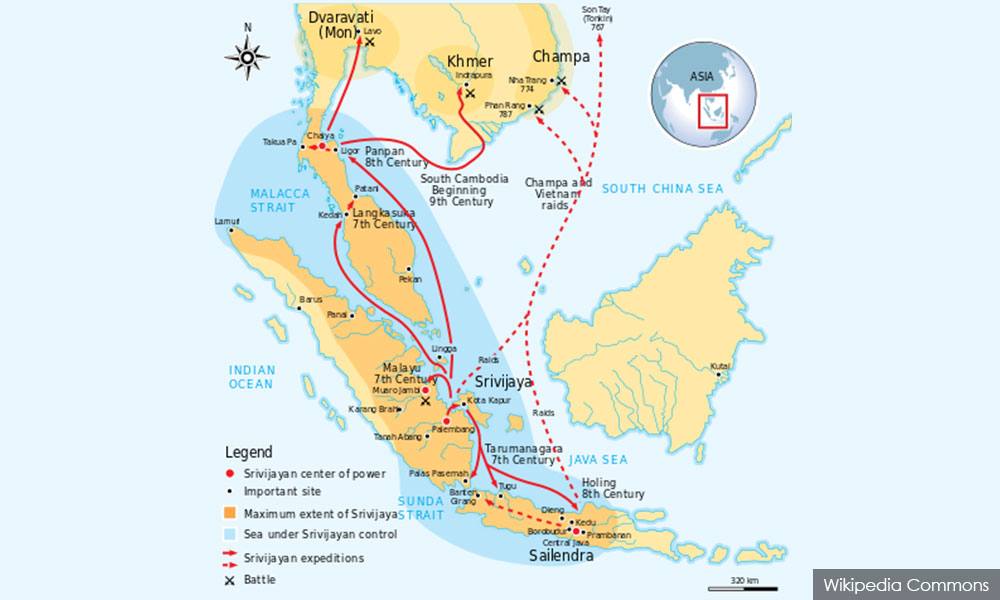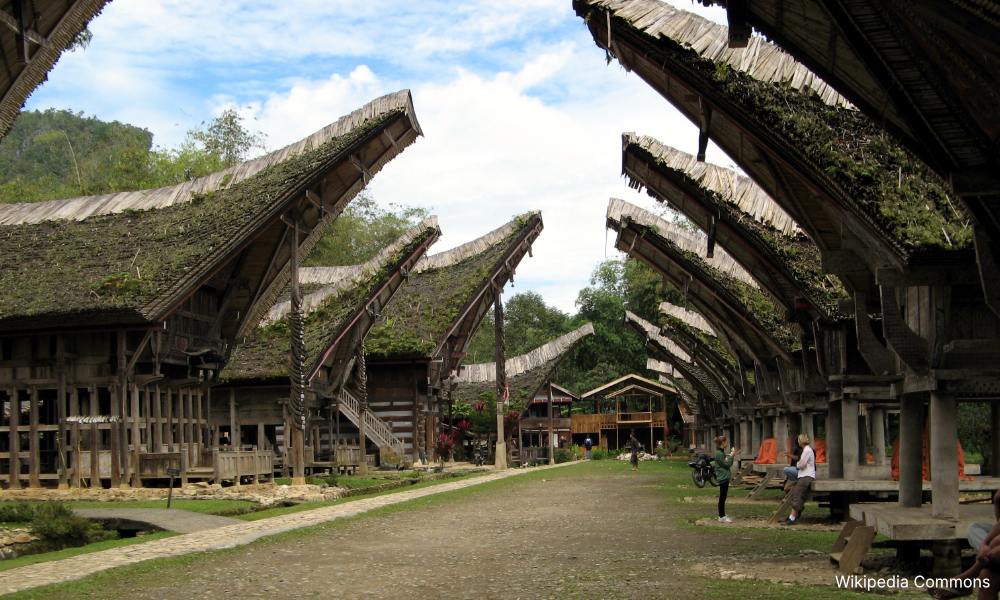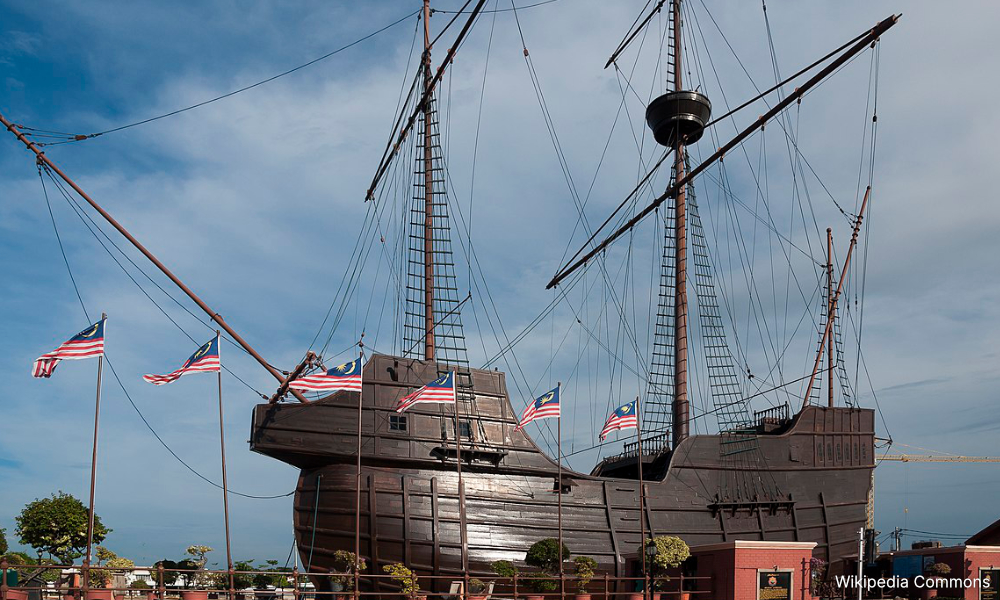It's like throwing sand on glittering gold. This is how I see the controversy over two academics writing that historical Chinese junks represented the grandeur of Malay seafaring.
Historian Ranjit Singh Malhi urged Universiti Putra Malaysia (UPM) to investigate the duo for allegedly misrepresenting historical facts.
James Chin of the University of Tasmania’s Asia Institute also questioned if the UPM academics were “so desperate to rewrite history”.
This controversy is unnecessary and even worse, it tarnishes the great voyages of the Malayo-Polynesians who achieved probably the greatest maritime migration in human history.
They originated in Taiwan some 5,000 years ago. Then, using nothing but humble canoes fitted with outriggers as stabilisers, they began spreading southwards.
Each time the population in one place grew too big, they moved on, island-hopping through the Philippines.

Eventually, they dispersed across Southeast Asia and spread as far west as Madagascar, Africa and as far east as the Micronesian islands.
According to a National Geographic article, they went further and reached Fiji and other islands in Western Polynesia like Samoa and Tonga about 3,000 years ago.
About 1,500 years ago, they started a second big migration that took them east across the Pacific to as far north as Hawaii, as far south as New Zealand and as far east as Easter Island, off the coast of Chile, South America.
That surely is one of the greatest voyages done by humankind and it was accomplished by the Malay people, the Malayo-Polynesians, a sub-group of Austronesians.
How did they accomplish this without modern navigation equipment or even a compass? According to a Ted-Ed, they judged directions by using the stars and the sun.
They could read ocean swells or currents by observing how boats bobbed in the water. They knew that certain cloud patterns or birds indicated that land was nearby.
In broader terms - Filipinos, Ibans, Kadazans are also of the Malay race even though our Federal Constitution says that only Muslims can be legally defined as Malay.
Does such a narrow political definition mean that the great seafaring feats of their non-Muslim ancestors are excluded? After all, on their voyages, these migrants brought taro (ubi keladi), coconuts, chickens and yes pigs, on their boats to the most remote Pacific islands.
Malay ships went forth
Roman and Arab ships dominated the Egypt-India trade, but most of the trade between India and China was carried by Malay, Indonesian and Indian ships - notes the paper “Malay Navigation and Maritime Trade”, quoting Western scholars.
The third-century Chinese historian, Wan Zhen, recorded that the “kunlun” or Malays were great shipbuilders, sailors and traders.
They had large vessels measuring 200 feet long - with four sails, cargos of 900 tonnes and 600-700 people.
Historians also indicate that in the first century, fleets of Malay outrigger ships went back and forth to Aden (Yemen) in the Middle East, bringing back spices to sell.
This marine tradition was prevalent during the Malacca sultanate. As Leonard and Barbara Andaya wrote in their book “A History of Malaysia”, the admiral Hang Tuah was believed to be the leader of the Orang Laut or sea gipsies.
Pirates or navy?
Who were these people? They were semi-nomadic seafarers. When there was no central authority, they resorted to raiding passing ships.
However, when there was such an empire in control, such as Malacca or Srivijaya, they were brought in as a naval force.

Anyway, who is called a pirate or navy depends on who writes history.
For example, Sir Walter Raleigh raided Spanish ships for gold Jolly Roger style but he was hailed as an English hero. And should the English gunboats which forced China to accept the opium trade be called naval ships or imperial pirates?
Today, there are only two places where sea gypsies can still be seen. One is the area between Sabah and Mindanao where they are called Bajau Laut. The second is in southern Myanmar and Thailand where they are known as Moken.
So, what happened to the great tradition of Malay seafaring? After arriving by boat, some simply settled on the land and eventually left behind their sea legs.
This can be seen, for example, in the highlands of Tanah Toraja in central Sulawesi. Though sea travel is no longer needed, their houses are still built as ship prows to commemorate their maritime past.

The second was that the colonial powers decided to suppress native shipping in the guise of “anti-piracy campaigns”.
There are few physical traces left of past shipping glory in Malaysia. The only museum I've seen dedicated to this was at Pekan, Pahang. However, the last time I visited some years ago, it was closed.
Even in Malacca, the only reconstructed ship is Flor de la Mar, now placed in Muzium Samudera, Malacca. However, it puzzles me why a Portuguese ship, used to conquer the Malacca empire, is celebrated rather than a Malay ship.

As such, the controversy by two UPM academics claiming Chinese ships as Malay ones does not do justice to the glorious voyages of the Malayo-Polynesians, nor the past prowess of Malay trade and shipping.
Such a splendid past should be commemorated properly. - Mkini
ANDREW SIA is a veteran journalist who likes teh tarik khau kurang manis. You are welcome to give him ideas to brew at tehtarik@gmail.com.
The views expressed here are those of the author/contributor and do not necessarily represent the views of MMKtT.




No comments:
Post a Comment
Note: Only a member of this blog may post a comment.